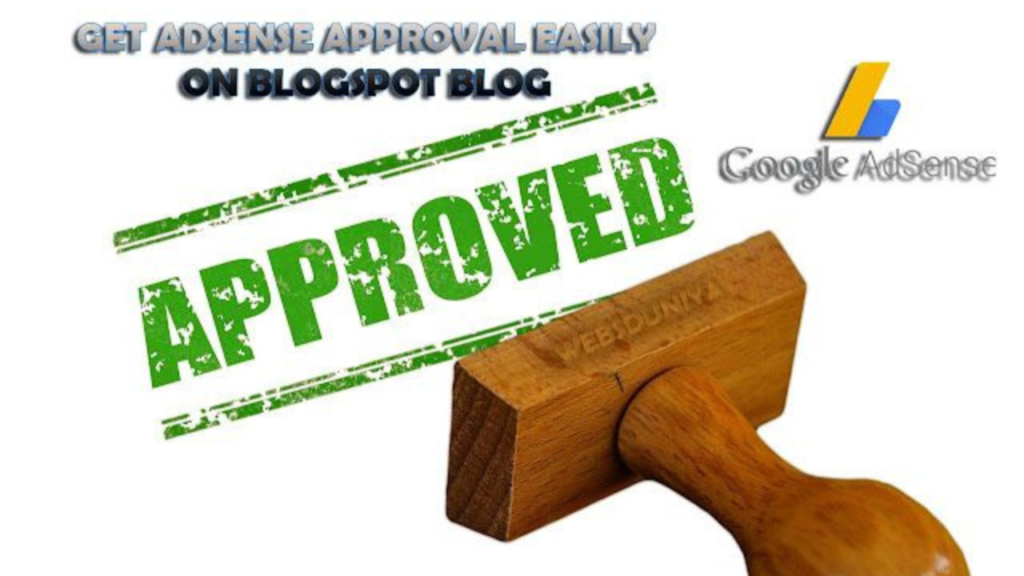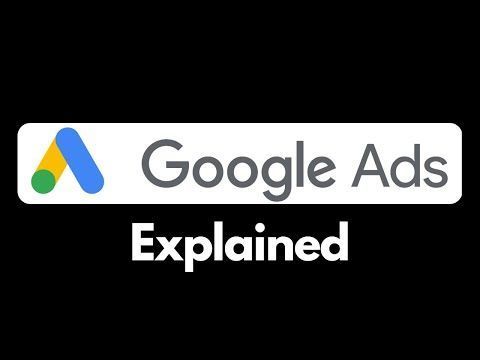Introduction: How to Apply Google AdSense to Your Blog.
Google AdSense for a blog, covering everything from the initial requirements for eligibility to the approval timeline and specific guidelines for ad placement. It outlines the essential criteria needed for AdSense approval, such as original content, website ownership, and compliance with AdSense policies. Additionally, it addresses common questions about the approval timeline and provides insights into optimising ad placement for maximum effectiveness and user experience. Whether you’re new to AdSense or looking to enhance your existing strategy, this guide offers valuable information to help you navigate the process and maximise your earnings potential.
What is Google AdSense?
Google AdSense is a programme that enables website owners and content creators to earn money by displaying targeted advertisements on their platforms. Also, Google AdSense, a renowned advertising programme, can significantly benefit the public when integrated with hosting platforms like www.hostlingo.com
Google AdSense to your blog
Google AdSense into your blog, Begin by signing up for an AdSense account using your Google credentials. Then, provide your blog’s URL and await approval. Once approved, customise ad formats and sizes to fit your blog’s layout and copy the generated ad code. Insert this code into your blog’s HTML where you want ads to appear.

The requirements to apply for Google AdSense include:
- Original Content: Your website must have original and valuable content that provides a positive user experience. This content should not infringe upon copyright laws.
- Website Ownership: You must own the website where you intend to display AdSense ads. You cannot apply to a website you do not own or have not been authorised to use.
- Website Policies: Your website must comply with Google AdSense programme policies, including policies related to content, copyright, prohibited content, and user experience. AdSense does not allow certain types of content, such as adult content, illegal content, violent content, and copyrighted material, that you do not have permission to use.
- Age Requirement: You must be at least 18 years old to apply for Google AdSense. If you are under 18, you may have a parent or guardian apply on your behalf.
- Traffic: While there is no specific minimum traffic requirement to apply for AdSense, having some amount of regular traffic to your website can improve your chances of approval.
- Website Design and Navigation: Your website should have a clear and user-friendly design with easy navigation. This ensures a positive user experience for visitors.
- Supported Languages and Locations: Google AdSense is available in many languages and countries. However, make sure your website’s primary language and target audience align with AdSense-supported languages and locations.
- Meeting these requirements and guidelines can improve your chances of getting approved for Google AdSense. Keep in mind that Google reviews each application individually, and approval is not guaranteed.
Google AdSense: how long does it take for approval?
Google AdSense approval can vary widely based on several factors, including the volume of applications Google is processing at the time, the completeness and compliance of your application and website, and the specific policies and guidelines Google is currently enforcing.
Typically, the approval process can take anywhere from a few days to several weeks. Some applicants may receive approval within a week, while others may wait longer, especially if Google requires additional review or verification of your website.
It’s essential to ensure that your website meets all of Google AdSense’s policies and guidelines before applying, as any issues or discrepancies could prolong the approval process or result in rejection.
If you’re concerned about the status of your application or if it’s taking longer than expected, you can check the status by logging into your AdSense account and navigating to the “Sites” section. Google may provide updates or notifications regarding the status of your application there.
Overall, patience is key during the approval process, and it’s crucial to focus on creating high-quality, original content and maintaining a user-friendly website while you wait for approval.

Guidelines for ad placement on blogs?
Here are some key guidelines:
- Ad Density: Avoid overcrowding your blog with too many ads. Google recommends maintaining a good balance between content and ads to provide a quality user experience. Excessive ads can be distracting and may lead to a poor user experience.
- Above-the-Fold: Place at least one ad unit above the fold, meaning it should be visible without scrolling down the page. This ensures that users see ads when they first land on your blog.
- In-content Ads: Consider placing ad units within your content, such as between paragraphs or at the end of articles. These ads should blend seamlessly with your content to minimise disruption to the user experience.
- Sidebar and Header Ads: Utilise sidebar and header areas for ad placement, but be cautious not to overwhelm these sections with too many ads. Maintain a clean and organised layout to avoid clutter.
- Responsive Design: Ensure that your blog’s design is responsive and mobile-friendly. This allows ads to adapt to different screen sizes and devices, providing a consistent user experience across all platforms.
- Avoid Misleading Placement: Avoid placing ads too close to navigation menus or interactive elements where users might unintentionally click.
- Ad Formatting: Use the standard ad sizes and formats recommended by Google AdSense for optimal performance. Avoid modifying ad code or styles in a way that violates AdSense policies.
- Monitor Ad Performance: Regularly monitor the performance of your ads using AdSense reporting tools. Analyse metrics such as click-through rate (CTR), earnings, and user engagement to optimise ad placement and maximise revenue.
In Conclusion
Google AdSense application steps, requirements, approval duration, and ad placement guidelines for blogs. It emphasises adherence to policies, optimising ad placement, and enhancing the user experience to maximise revenue potential.



